Now that I’m more portable, I wanted to do something with amateur satellites again.
I mainly want to do this with the IC-705.
Unfortunately, the IC-705 cannot work full duplex. So we depend on FM satellites.
The IC-705 can work in Split mode. that is, Receive on Band A, and Transmit on Band B.
I have programmed various memory channels in the IC-705, including the ISS Crossband repeater. SO50 and the now very popular TEVEL satellites. By using multiple memory channels for a satellite, it is possible to simulate a kind of Doppler correction.
The beauty of the 705 is the waterfall. You choose the memory channel with the downlink carrier in the middle.
I will publish the memory channels soon.
The Antenna
Now I have made several cross yagis in the past. This all worked fine. Only these antennas always had 2 feed points. For 70cm and for 2m. With a MicroDiplexer this can be combined to 1 connection.
Now I recently came across articles on the net where a 2m moxon is used, coupled with a 70cm yagi.
The advantage of this antenna is its mechanical simplicity, and it has only 1 feed point. Ideal for a Handheld radio, or in this case the IC-705.
STL Files can be downloaded here: MoxonArrowSetV2.stl
The design I used came from M1GEO/G8OCV, they have adapted the design so you can use any 100cm 3.2mm TIG welding rods.
I kept the construction as simple as possible. This means that 2 different parts need to be printed.
Or 3 if you want to add a phone holder mount.
6 Element holders for the reflector/directors.
and 1 dipole holder.
The boom is a standard 19mm PVC pipe.
This boom can be stored in 2 parts with a sock. Easy for transportation.
Also a piece of coax of about 3m.
And the contact parts of a terminal block.
First impression of the finished antenna.
Here a good view how to feed the Moxon antenna.
2 terminalconnectors are used to clam arround the 3.2mm rod.
These terminalconnectors are easy to solder.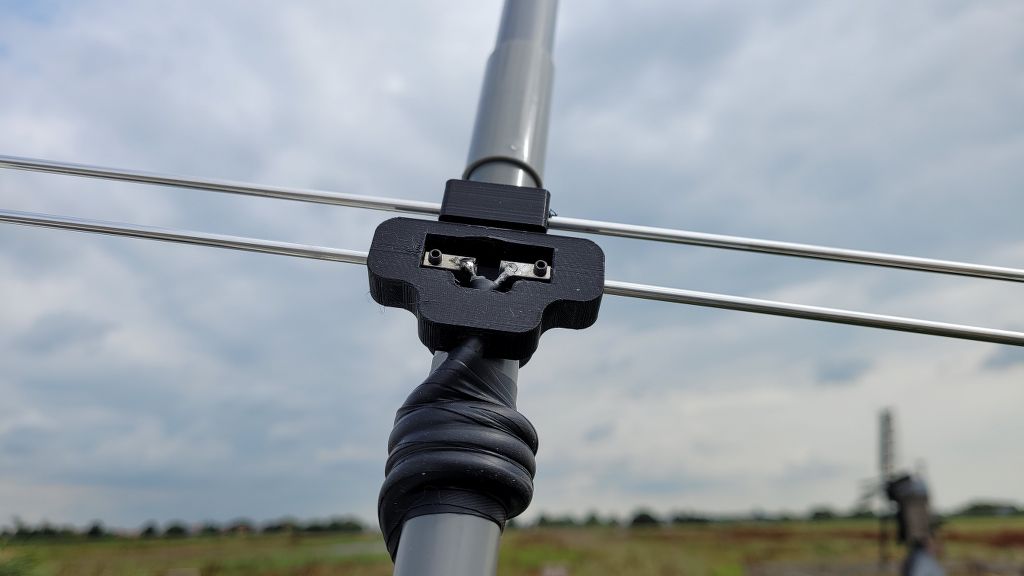
Fixating so it stays put on the boom is done with a small screw.
I have also made a smal boom bracket to mount a phone clamp.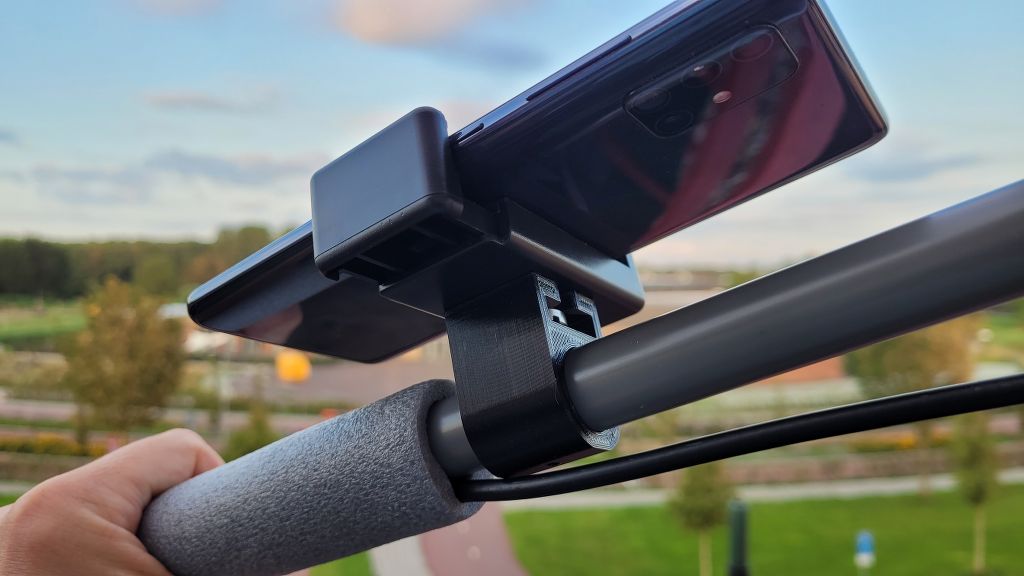
This way it easy to point towards the satellite while passing by.
Several phone apps use this pinpoint method.
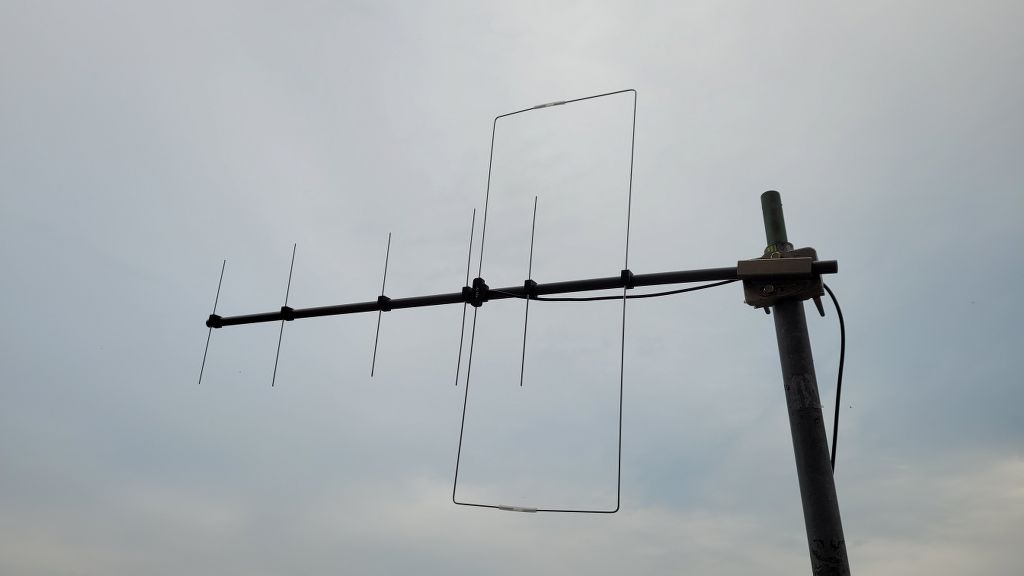
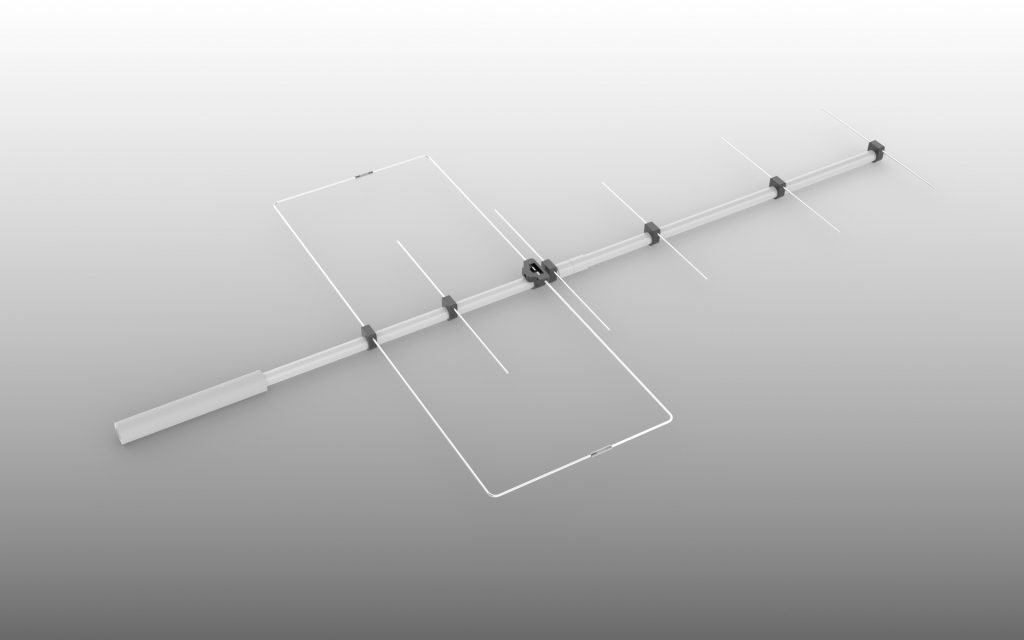
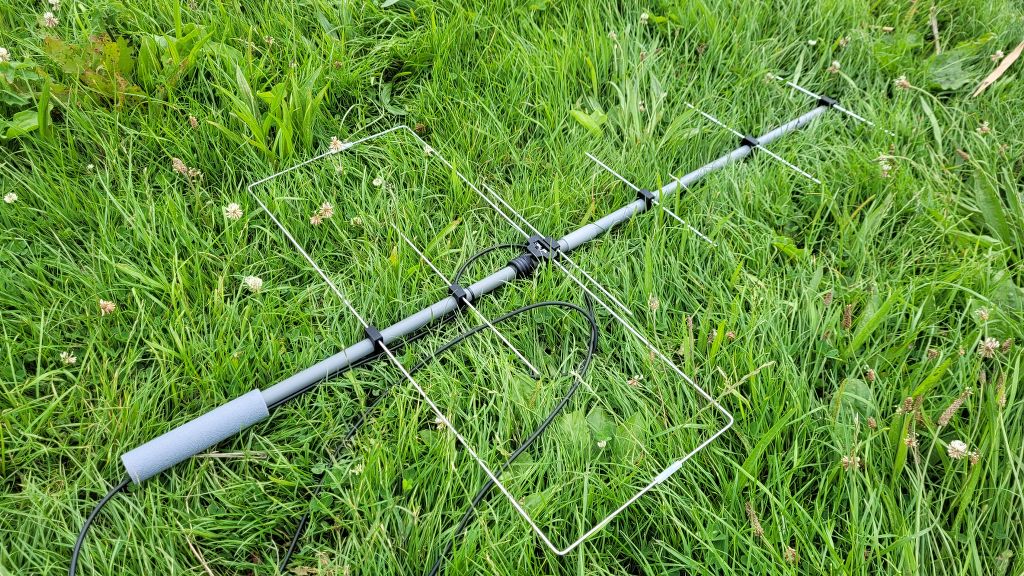
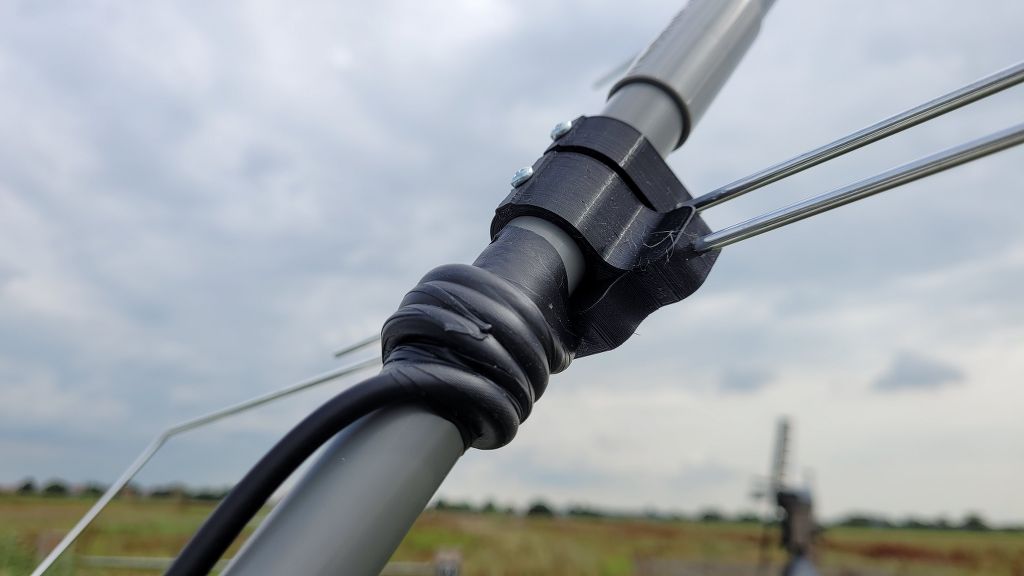
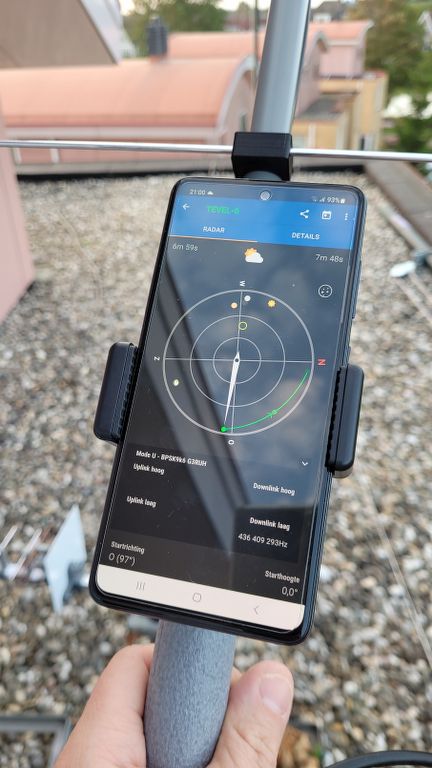
Great Antenna, I’ll be building one tomorrow…Just a small problem: Your STL file has all 3 elements of the antenna together. So I cannot print 6 supports, one “T” for connection and one cellular support. I’ll try to find a way to separate the objects. Thanks!